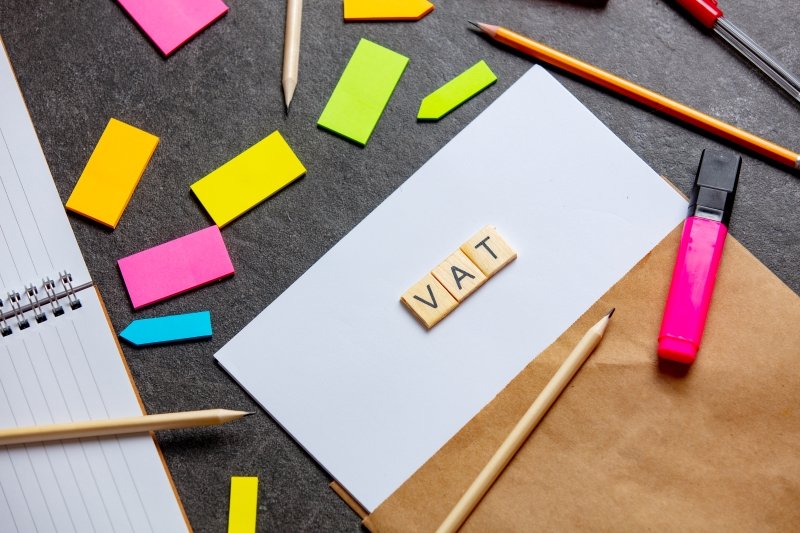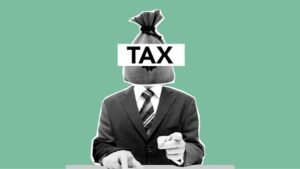Applying for a VAT (Value Added Tax) certificate can be very overwhelming, especially with the latest 2025 policy updates from the UK Companies House. Be it a new business owner or an old one, knowing the process is vital to ensure compliance and avoid penalties. In this detailed tutorial, we’ll take you through everything you should know about the application for a VAT certificate, locating your current certificate, how to check online if it’s valid, and how to renew or update it.
Table of Contents
ToggleWhat is a VAT Certificate?
A VAT certificate is an official document issued by HM Revenue and Customs (HMRC) proving that your business is registered with Value Added Tax (VAT). It consists of the basic information, which includes your VAT registration number, the date the registration became effective, and all your business information. This is a requirement for businesses whose taxable turnover exceeds the VAT threshold set at £90,000 for 2025.
Why is a VAT Certificate Important?
- Legal Compliance: It ensures your business adheres to UK tax laws.
- Business Credibility: A VAT certificate enhances your business’s credibility with clients and suppliers.
- Input Tax Recovery: It allows you to reclaim VAT on business expenses.
- Cross-Border Trade: Essential for trading with other VAT-registered businesses in the EU.
How to Apply for a VAT Certificate: A Step-by-Step Guide
Step 1: Determine if You Need to Register for VAT
Before applying for a VAT certificate, check if your business meets the VAT registration threshold. As of 2025, the threshold is £90,000 for a 12-month rolling period. If your taxable turnover exceeds this amount, you must register for VAT.
Step 2: Gather the Required Information
To complete your VAT registration, you’ll need the following:
- Business details (name, address, and contact information).
- Unique Taxpayer Reference (UTR) number.
- Business bank account details.
- Estimated turnover and VAT taxable sales figures.
- Details of any previous VAT registrations.
Step 3: Register Online via HMRC’s Portal
The quickest and most efficient way to apply for a VAT certificate is through HMRC’s online portal. Follow these steps:
- Visit the HMRC VAT registration page.
- Create a Government Gateway account if you don’t already have one.
- Complete the online application form with accurate business details.
- Submit the form and wait for confirmation.
Step 4: Wait for Your VAT Certificate
Once your application is processed (usually within 30 working days), HMRC will send your VAT certificate to your business address. You’ll also receive your VAT registration number, which you can start using immediately.
Step 5: Display Your VAT Number
After receiving your VAT certificate, ensure your VAT number is displayed on all invoices, receipts, and your website to maintain compliance.
How to Find Your VAT Certificate
If you’ve misplaced your VAT certificate or need a copy, follow these steps:
- Check Your Records: Look through your business files, emails, or physical documents for the original certificate.
- Contact HMRC: If you can’t locate your certificate, contact HMRC’s VAT helpline at 0300 200 3700. Provide your VAT registration number and business details to request a copy.
- Access Online: If you’re registered for HMRC’s online services, you can log in to your account and download a digital copy of your VAT certificate
How to Check the Validity of VAT Certificates Online
Verifying the validity of a VAT certificate is essential, especially when dealing with new suppliers or clients. Here’s how you can check the validity of a VAT certificate online:
- Visit the EU VAT Information Exchange System (VIES):
- Go to the VIES website.
- Enter the VAT number of the business you want to verify.
- Select the country code (e.g., GB for the UK).
- Click “Verify” to check the validity of the VAT number.
- Use HMRC’s Online Services:
- Log in to your HMRC account.
- Navigate to the VAT section and use the “Check a VAT Number” tool.
- Third-Party Tools:
- Several third-party platforms offer VAT validation services. Ensure you use a reputable tool to avoid inaccuracies.
How to Update or Renew Your VAT Certificates
Keeping your VAT certificate up to date is crucial for maintaining compliance. Here’s how to update or renew your VAT certificate:
Updating Your VAT Certificate
If there are changes to your business details (e.g., address, name, or bank account), you must inform HMRC immediately. Follow these steps:
- Log in to your HMRC online account.
- Navigate to the “VAT” section and select “Change Business Details.”
- Submit the updated information and wait for confirmation.
Renewing Your VAT Certificate
VAT certificates do not expire, but you must renew your VAT registration if your business circumstances change. For example:
- If your business structure changes (e.g., from sole trader to limited company).
- If you deregister for VAT and then re-register.
To renew your VAT registration, follow the same steps as the initial application process.
Tips for a Smooth VAT Certificate Application Process
- Double-Check Information: Ensure all details provided in your application are accurate to avoid delays.
- Keep Records: Maintain copies of your VAT certificate and related documents for future reference.
- Stay Updated: Regularly check HMRC’s website for any changes to VAT policies or thresholds.
- Seek Professional Help: If you’re unsure about any part of the process, consult a tax advisor or accountant like Bloom Business Solution.
Common Mistakes to Avoid When Applying for a VAT Certificate
- Incorrect Information: Providing inaccurate details can lead to delays or rejection.
- Missing Deadlines: Register for VAT as soon as your turnover exceeds the threshold to avoid penalties.
- Ignoring Updates: Failing to update HMRC about changes in your business details can result in non-compliance.
- Not Keeping Records: Always keep a copy of your VAT certificate and related documents.
Frequently Asked Questions (FAQs)
Where Can I Find My VAT Certificate?
Your VAT certificate is typically sent to your business address by HMRC after your VAT registration is approved. If you’ve misplaced it, you can:
1: Check Your Records: Look through your physical files or email inbox for the original document.
2: Contact HMRC: Call HMRC’s VAT helpline at 0300 200 3700 and request a replacement.
3: Access Online: If you’re registered for HMRC’s online services, you can log in to your account and view or download a digital copy of your VAT certificate.
How to Download VAT Certificate?
To download your VAT certificate online, follow these steps:
1. Log in to your HMRC online account using your Government Gateway credentials.
2. Navigate to the “VAT” section.
3. Look for an option to view or download your VAT certificate.
4. Save the document to your device or print a copy for your records.
Where Can I Find My VAT Certificate Online?
If you’re registered for HMRC’s online services, you can find your VAT certificate by:
1: Logging in to your HMRC account.
2: Going to the “VAT” section.
3: Select the option to view or download your VAT certificate.
If you’re unable to locate it online, you may need to contact HMRC directly to request a copy.
Is a VAT certificate required for international trade?
Yes, a VAT certificate is essential for trading with other VAT-registered businesses in the EU and other countries.
Can I cancel my VAT registration?
Yes, if your turnover falls below the deregistration threshold (£88,000 as of 2025), you can apply to cancel your VAT registration.
Conclusion
VAT registration is a key process for businesses in the UK. With the UK Companies House announcing new policies regarding 2025, it becomes crucial to understand the changes in policy and their implementations. To help you out, here’s a step-by-step guide to applying for a VAT certificate and how to locate, check, and update one. Maintain the correct records and be on top of updates in VAT legislation to help keep your business on track, compliant, and profitable.





